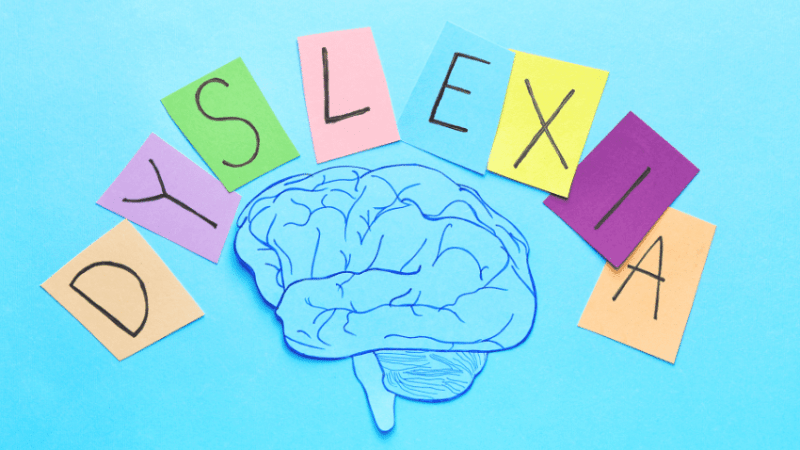SEN Inclusion in Schools – There Aren’t ‘Children’ and ‘Special Needs Children’; Just Children

The revolution will NOT have disabled access, just access for all, says Nicole Dempsey

Inclusion departments, SEN corridors, alternative pathways, exemptions from expectations, ‘disabled access at rear’, and even the SENCo themselves – all of these are artefacts of inclusion, representing a point on a journey, a journey towards justice in education for those with additional needs and disabilities.
They are all also examples of the ways we get the education system to work for children with these additional needs.
This is necessary, of course, because our education system existed before these children were included. And, with integration, and then the push for inclusion, children were brought into schools that had been designed – physically and systemically – without having taken their needs into account. Without having needed to.
And so, we created roles and rules to include them, and to protect their right to be included – and this is both good and right.
But it isn’t the end.
It isn’t justice.
Because this thing we call inclusion is actually internal segregation. Segregation of space, yes, but also segregation of quality and of expectation.
And we don’t just tolerate it, we accept and even celebrate this approach as being ‘enough’ for our students with additional needs and disabilities.
As a society, we have decided that a top-quality, ‘outstanding’ education looks a certain way. And yet a school can still be graded ‘outstanding’ by Ofsted even if its SEN provision is failing. And SEN is the only subgroup that for which that can be the case.
So, is this really enough? Is it justice?
As a society we’ve decided that those who teach are required to have a certain level of qualification and should be subject to a certain level of scrutiny. So is it enough that some children’s access to these qualified and accountable individuals is buffered by unqualified and less-accountable staff? Is it right that they are pulled from the agreed well-rounded curriculum to be taught by unqualified and/or non-specialist staff in a separate part of the school?
Inclusion is absolutely a necessary step on the journey towards justice for those with additional needs and disabilities in education, but we shouldn’t be patting ourselves on the backs for this alone.
It’s a lower-quality input that generates a lower-quality output. If we accept that this is ‘enough’ for some children, then we’re accepting second-class citizenship for some people.
It’s an approach that teaches the students affected that they sit slightly outside of the systems and the community.
It teaches the rest of the school community that same thing.
With all these factors combined, is it any wonder that adult outcomes for these students are so appalling? The students we are teaching now will shape the society of tomorrow. They are the next employers and employees, parents and carers. We can perpetuate the problems we have in society now or we can start to make it better.
Imagine, if you will, two buildings. Let’s say they’re banks.
Building A has proudly declared itself ‘inclusive’. Can’t get up the steps to the front door? Follow the ‘disabled access at rear’ sign round to ramp access to an alternative entrance. Can’t pull the door open because you’re using a walking aid? Hit the big silver wheelchair silhouette symbol emblazoned button and the door will open for you. Would your needs be best served by the standard counter? Or the ‘hearing loop fitted’ counter? Or the lowered ‘wheelchair friendly’ counters?
Building B has not mentioned ‘inclusion’ at all. But there is ramp as well as step access to the front door (no need for a sign – people who need a ramp don’t need telling that the ramp is for them!). The doors are automatic. There is hearing loop fitted throughout and the service counters are split level. It has been designed to meet the needs of society – not just those with disabilities, but the elderly, the injured, those with buggies and prams and toddlers and loads of bags – without the need for segregation, without the need for inclusion.
Because true inclusion is no inclusion. Everything is for everyone and has been designed to be so from scratch. There aren’t ‘children’ and ‘special needs children’ – there are only children. There aren’t ‘people’ and ‘disabled people’ – only people. The equality revolution will not have disabled access because it won’t need it. If it needs it, it isn’t it.
What I’m saying, I suppose, is this; the system needs redesigning from the ground up, and with everyone’s needs taken into account. Not realistic, maybe (unless you’re a startup free school in which case you definitely should be taking the opportunity not to get trapped in outdated systems), I know, but nothing worth having is easy, and something being hard shouldn’t be a reason not to be working to assure people’s human rights.
It’s difficult to turn a moving ship around but it can be done and, when it comes to achieving ability diversity justice in education, it simply isn’t optional. Attitude is everything.
When it comes to achieving justice in education for those with additional needs or disabilities, we have come a long way. But we need to stop seeing this as the end of that journey. As ‘enough’. It isn’t. And it’s time to move on.
Nicole Dempsey is Head of Mountain Rescue (all part of the individual needs policy) at Dixons Trinity Academy. She blogs at inco14.wordpress.com.










